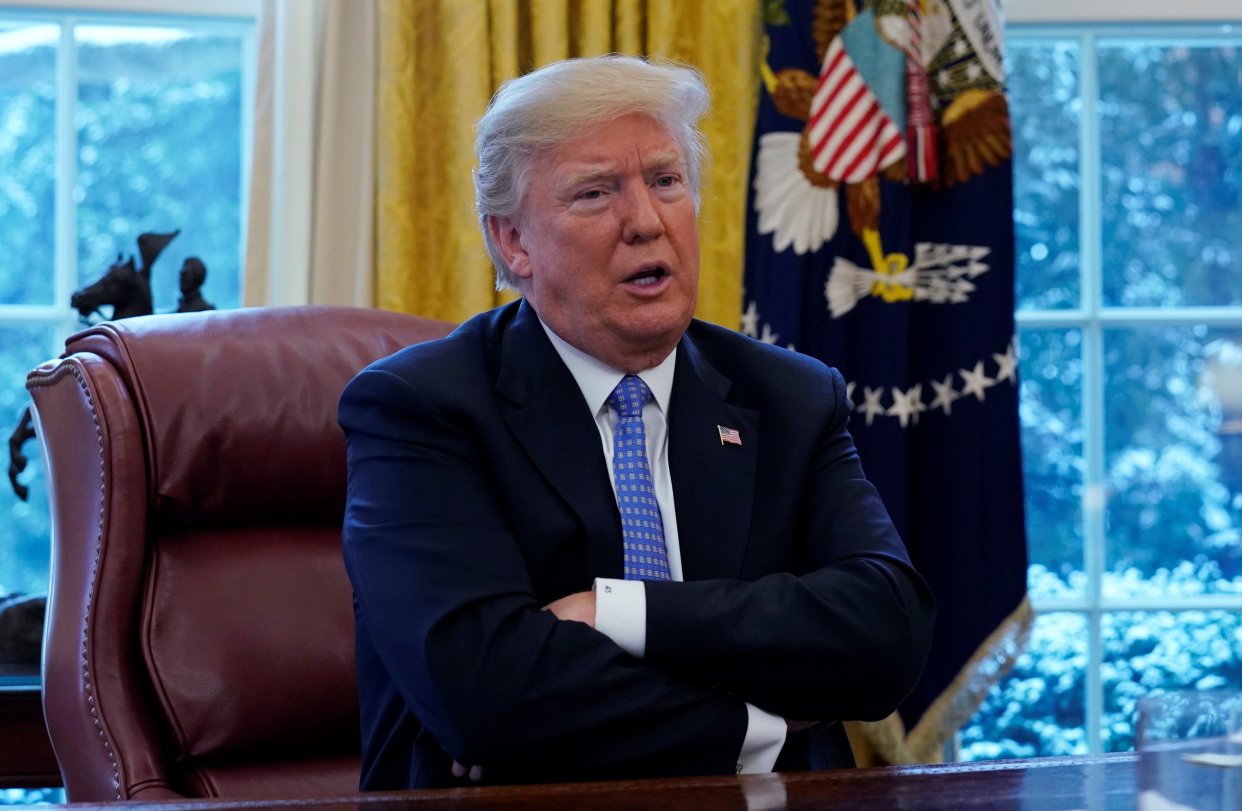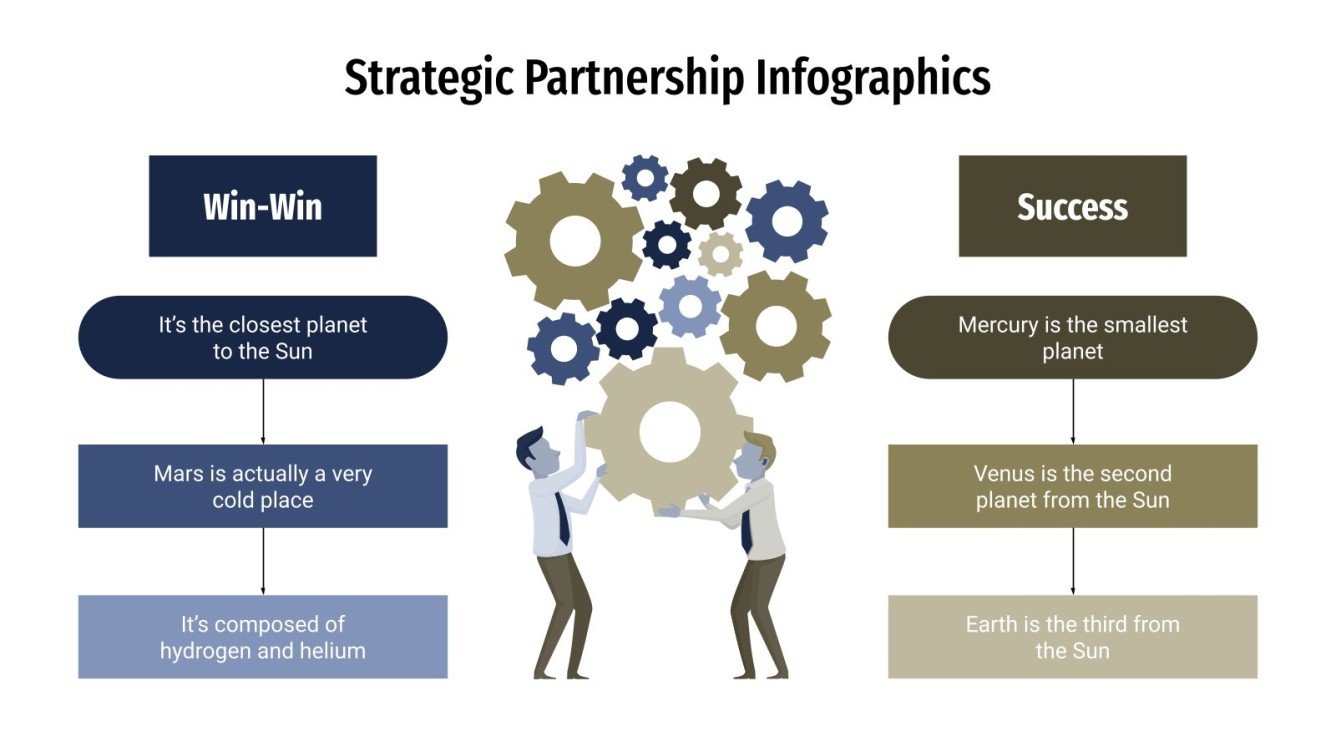Examining The Factors Behind Trump's Criticism Of European Trade Practices

Table of Contents
The "America First" Ideology and its Impact on Trade Policy
At the heart of Trump's trade approach lay the "America First" ideology. This nationalist policy prioritized domestic industries and aimed to redress perceived imbalances in international trade. The core tenets focused on:
- Protecting American jobs and businesses: The administration argued that unfair trade practices from Europe were costing American jobs and harming domestic businesses.
- Reducing trade deficits with Europe: A key goal was to shrink the US trade deficit with the European Union, seen as a sign of economic weakness.
- Re-negotiating unfavorable trade deals: Trump viewed existing trade agreements, such as the Transatlantic Trade and Investment Partnership (TTIP), as disadvantageous to the US and sought to renegotiate them or withdraw altogether.
This ideology manifested in various trade actions against Europe, including the imposition of tariffs on steel and aluminum imports, challenges to the World Trade Organization (WTO), and threats to withdraw from international trade agreements. These actions significantly escalated tensions and prompted retaliatory measures from the EU.
Specific Grievances Against European Trade Practices
Trump's administration articulated several specific grievances against European trade practices, viewing them as unfair or detrimental to American businesses.
Tariffs and Non-Tariff Barriers
The US argued that Europe maintained various tariffs and non-tariff barriers that hampered American exports. Examples include:
- Agricultural products: Tariffs on agricultural goods like soybeans and dairy products were a significant point of contention.
- Steel and aluminum: Tariffs imposed on steel and aluminum imports, ostensibly for national security reasons, sparked retaliatory measures from the EU.
- Regulatory hurdles: Non-tariff barriers such as complex regulations and certification processes were seen as creating unnecessary obstacles for American exporters.
The US perspective framed these barriers as protectionist measures that unfairly disadvantaged American businesses and distorted global markets.
Subsidies and State Aid
Another major source of friction centered on European subsidies and state aid to various industries. Trump's administration argued that this created an uneven playing field for American competitors. Examples included:
- Aerospace: Subsidies to Airbus were a frequent point of complaint, particularly in the context of the long-running WTO dispute between Boeing and Airbus.
- Automotive: Concerns were also raised regarding government support for the European automotive industry.
Proving the illegality of subsidies under WTO rules is notoriously difficult, leading to protracted legal battles and escalating tensions.
Intellectual Property Rights
The protection (or lack thereof) of intellectual property rights in Europe also became a source of contention. The Trump administration alleged:
- Software piracy: Concerns were raised about the inadequate enforcement of intellectual property rights, particularly regarding software piracy.
- Pharmaceuticals: Issues around the pricing and patent protection of pharmaceuticals were also a point of dispute.
The perceived inadequate protection of IP rights was argued to harm US innovation and competitiveness.
The Role of Geopolitical Factors
Trump's stance on European trade was also shaped by broader geopolitical considerations.
- Competition with China: The administration sought to leverage trade relations with Europe to counter China's economic influence and strengthen alliances against what it perceived as unfair Chinese trade practices.
- Concerns about European dependence on Russian energy: Trump's administration encouraged European countries to diversify their energy sources and reduce their reliance on Russian gas.
- Trade as a foreign policy tool: Trade policy became a tool to exert pressure on European allies and achieve foreign policy objectives, such as increased defense spending or greater contributions to NATO.
Economic Data and the Reality of Trade Imbalances
Understanding Trump's criticism requires analyzing US-EU trade data. While the US did run a trade deficit with the EU, the complexities of measuring these imbalances need to be considered.
- Trade volume: Despite the deficit, trade volumes between the US and EU were substantial, highlighting the economic interdependence.
- Service sector surplus: The US consistently ran a surplus in the service sector, offsetting some of the deficit in goods.
- Complexity of measurement: Trade imbalances are influenced by many factors, including exchange rates, investment flows, and global supply chains, making simple interpretations misleading.
Conclusion: Understanding the Nuances of Trump's Criticism of European Trade Practices
Trump's criticism of European trade practices stemmed from a complex interplay of economic, political, and ideological factors. His "America First" agenda, specific concerns about unfair trade practices, and geopolitical considerations all contributed to his confrontational approach. While economic data revealed trade imbalances, a nuanced understanding requires analyzing the complexities of global trade and the challenges of measuring true competitiveness. Understanding Trump's criticism of European trade practices requires a deep dive into these interwoven elements. To further your understanding, analyze Trump's trade policies towards Europe and evaluate the impact of Trump's trade disputes with Europe. Continue your research and engage in informed discussions about the future of US-EU trade relations.

Featured Posts
-
 George Russell 1 5m Debt Repaid Fueling Mercedes Contract Speculation
May 25, 2025
George Russell 1 5m Debt Repaid Fueling Mercedes Contract Speculation
May 25, 2025 -
 Memorial Day Poster Contest Celebrating Hawaii Keikis Artistic Abilities With Lei Designs
May 25, 2025
Memorial Day Poster Contest Celebrating Hawaii Keikis Artistic Abilities With Lei Designs
May 25, 2025 -
 Best Of Bangladesh Europe Building Partnerships And Driving Growth 2nd Edition
May 25, 2025
Best Of Bangladesh Europe Building Partnerships And Driving Growth 2nd Edition
May 25, 2025 -
 M6 Southbound Traffic 60 Minute Delays After Accident
May 25, 2025
M6 Southbound Traffic 60 Minute Delays After Accident
May 25, 2025 -
 Jenson Button Relives His 2009 Championship Season
May 25, 2025
Jenson Button Relives His 2009 Championship Season
May 25, 2025
